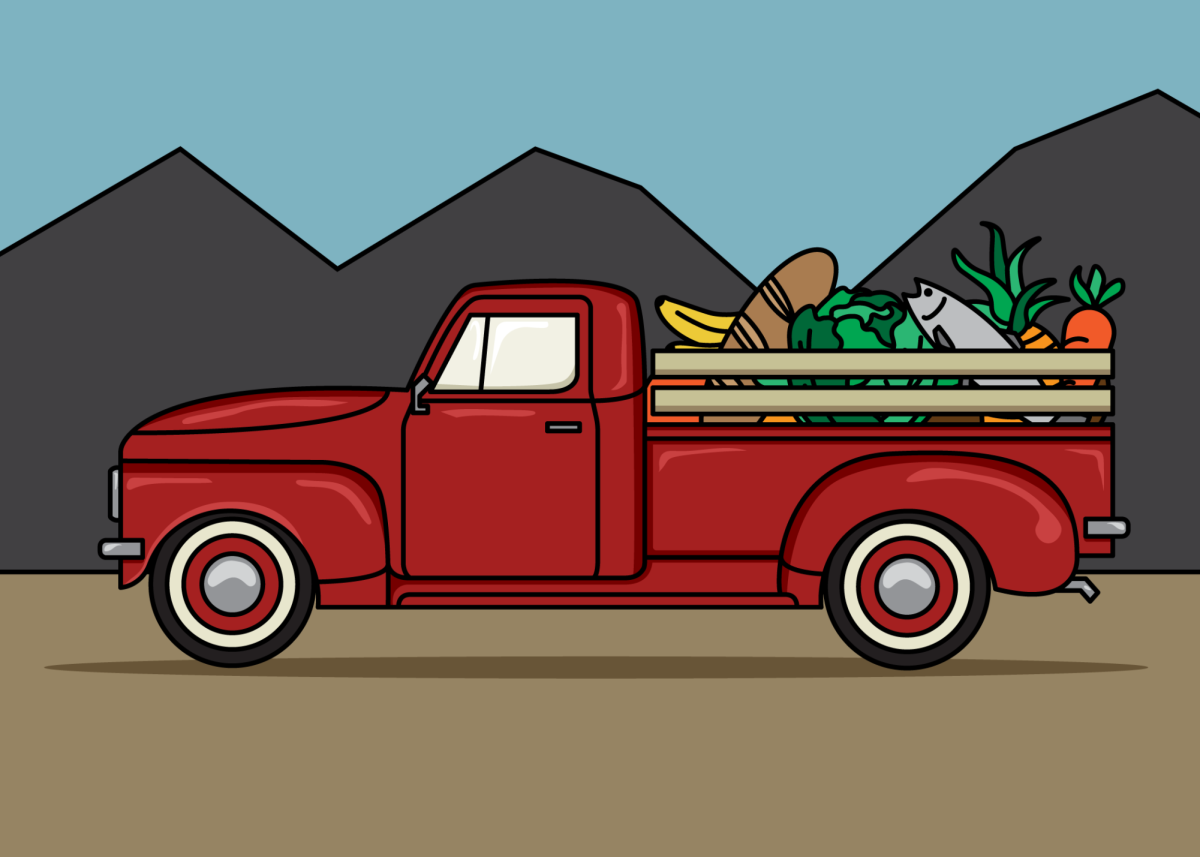Past experiences often lead people to be a little harsh toward homeless individuals begging for help. Especially after watching KUTV 2News in April 2008, “Professional Pan Handler: Girl Pretends to be Homeless to Pocket Cash.” Megan, a young female panhandler, proclaiming homelessness and in need of help to get a bus ticket home, was followed by reporter, Mike Headrick for 30 days. He discovered her living in a nice home in Sugar House with her parents.
The feature recorded her begging for a half an hour one day and receiving an average of $2.50 from 11 people. If she did that for two hours a day, she would be pulling in $500 a week and $26,000 a year of tax-free income. Pamela Atkinson of the State Homeless Coordinating Committee, a local advocate of the homeless, said that 70 percent of panhandlers are faking their situation as a way to get money as their profession.
This sense of betrayal is then misdirected toward people who are legitimately homeless. The Division of Housing and Community Development’s Web site said Utah has 16,000 homeless people every year on average8212;0.06 percent of the state’s population8212;but 90 percent are located along the Wasatch Front. Even though 65 percent of homeless people are single men and women, a staggering 43 percent are families. Although some individuals might fake homelessness in order to use panhandling as a source of income, it is a real and devastating situation for thousands.
The homeless must have organized support if they are going to have a chance of recovering their lives. U students in the premed chapter of the American Medical Student Association helped meet that support by camping out Friday night in Presidents’ Circle for the annual Cure for the Cold.
Besides spreading awareness of the growing homeless population, the event raised money, clothing and food to be donated to Volunteers of America Outreach Program, Fourth Street Clinic and The Road Home, all of which are nonprofit organizations committed to the care and support of the Utah homeless.
VAOP seeks out homeless people on the street to offer basic survival items such as food, sleeping bags and coats. Fourth Street Clinic provides health care8212;in 2007 it served 6,000 homeless patients in more than 25,000 office visits. The Road Home is a shelter offering food and clothing. More importantly, it works with the homeless to develop a plan for future housing and helps integrate them back into the community. In 2007, it placed 108 homeless families into homes.
Teah Caine, president of the U’s premed AMSA said the purpose of sleeping out in the cold for one night is to help students identify with the circumstance homeless people go through every single night.
“There’s nothing like bearing witness firsthand to the suffering of others,” Caine said.
In April 2005, Salt Lake County developed a 10-year plan to eliminate chronic homelessness by 2014. The Long Range Planning Committee investigated the increasing dilemma of homelessness and recommended 500 units of permanently funded housing would be needed to reach the plan’s goal.
The plan also called for expanding existing affordable housing to reduce homelessness by up to 40 percent, and continuing to prevent homelessness by increasing needed support in the transitions from domestic violence, shelter, jail, prison, mental health institutions and foster care.
Finally, the Utah Homeless Coordinating Committee wants to create a statewide database to chart outcomes so the information can be used to force change. However, it emphasizes that the 10-year plan has little chance of success without financial support from both the public and private sectors of society.
Next time you see a homeless person panhandling and your first reaction is that he or she is a scammer unworthy of your donation, remember it’s the system of homeless services that needs to be repaired. Contributing to the organizations dedicated to the short-term or long-term care of the homeless is the best way to provide help to these people. In this way, you ensure your funds are being spent to not only aid them for the night or week, but also toward achieving the future goal of ending homelessness.

Alicia Williams











